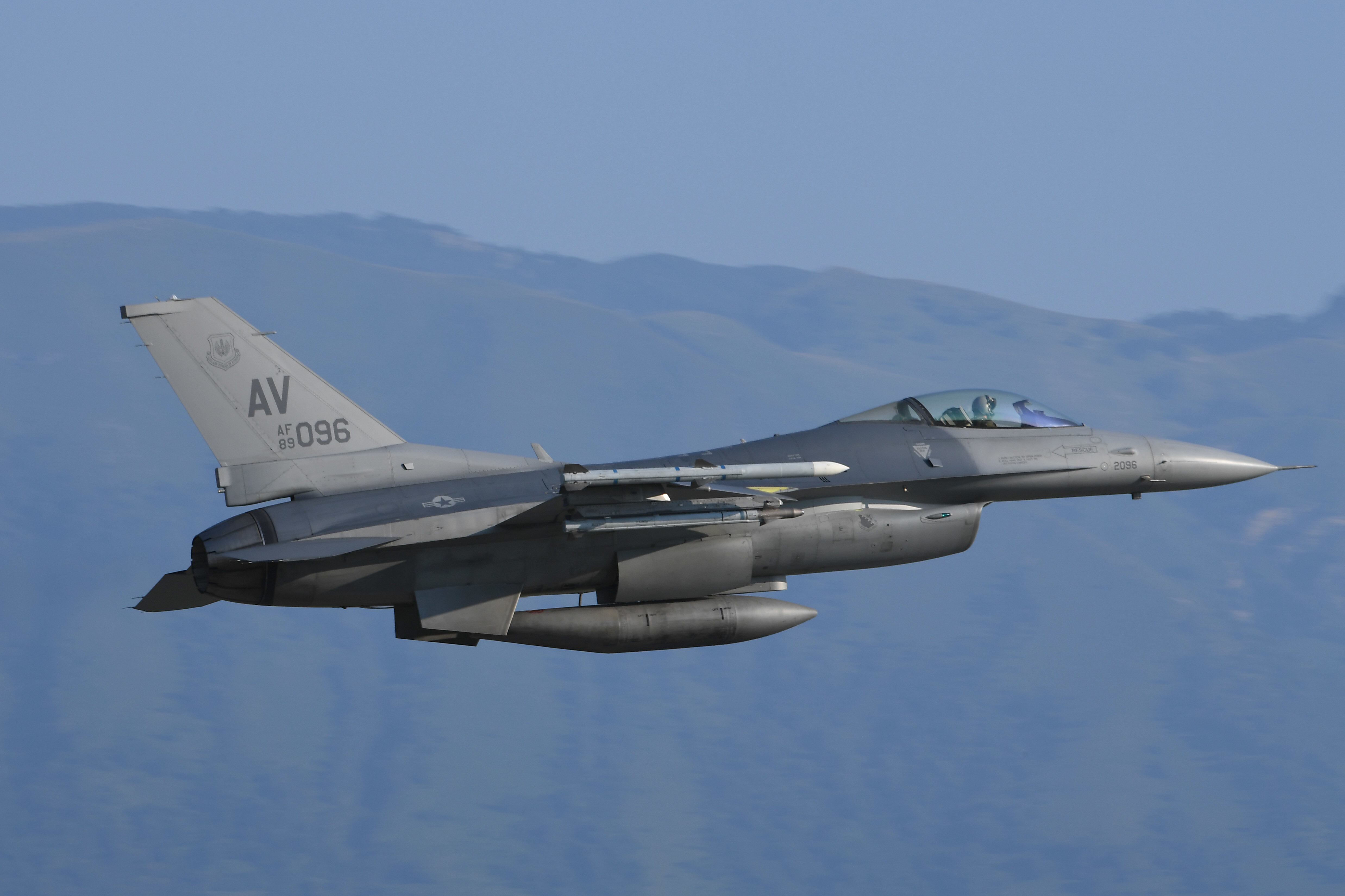Preparations for the next conflict place enormous demands on the U.S. armed forces to train, and train in a joint environment. To do that, we must leverage and take advantage of the technologies available such as the Synthetic Training Environment, or STE. The speed and proliferation of technologies mean we must think — not just out of the box but also beyond the box. Training in a true joint Synthetic Training Environment will optimize every aspect of the joint force’s readiness to operate, dominate and win the next war.
Sun Tzu said: “Victorious warriors win first and then go to war, while defeated warriors go to war first and then seek to win.” Advances in communications technology and bandwidth aggregation solutions allow the U.S. effectively to integrate live, virtual and constructive target sets in training and exercises to determine our ability to fight, win, and understand the kinetic and non-kinetic impacts to civilian infrastructure. The evolution of synthetic training environments, including the development of asynchronous and synchronous modular capabilities, enhances America’s ability to maintain operations security, unit training and defense readiness. It is crucial that the U.S. leverage evolving communications technology and advances in live, virtual and constructive — which uses virtual reality and other computer-generated entities — techniques to ensure we are not defeated in future engagements.
The future battlespace will incorporate information-related capabilities to drive non-kinetic effects that could be much more lethal and sophisticated than anything we’ve seen to date. Information-related capabilities like artificial intelligence, machine learning, cognitive influence, social media, edge computing, and crowd-sourced intelligence tactics executed through cyberspace, space and the electromagnetic spectrum will create a complex environment to work and train within. The current pandemic is a glimpse into how complex and lethal our future battlespace will become — more harmful in terms of non-kinetic effects that need to be addressed in our live, virtual and constructive environments.
We must establish a true joint Synthetic Training Environment to optimize every aspect of the joint force’s readiness to operate, dominate and win the next war. A recent report by the think tank Rand on the future of warfare stated that our forces yearn for precise knowledge of the upcoming battle — the enemy, the conditions and the overall war-fighting framework they must plan for.
By definition, an STE provides training to the point of need, leveraging immersive technologies on the individual, unit and multi-echelon events. The emerging complex battlefield demands this development, then pushed out to the combatant commands and joint force commanders at the operational and strategic point of need. Then there is the linkage to the national command authority, given the nature and totality of a war-fighting scenario. Such complexity from battle command to the national command authority makes the concept of a joint Synthetic Training Environment even more crucial.
RELATED

We can replicate any of our major war scenarios if we think differently and push the envelope enough to build a variety of situations that lay out the art of the possible. We must train in a joint or combatant command manner, or we will be slow to integrate when we must fight, and ultimately lives will be lost. This includes the ability to train in small units asynchronously and integrate with larger events synchronously to identify gaps and impacts of both kinetic and non-kinetic effects in the scenarios to improve our defense readiness.
5G will be a critical enabler in making this type of training possible. Any 5G policy the Department of Defense adopts must incorporate all the benefits of higher bandwidth, lower latency and faster speeds. Likewise, the end state for future DoD training ranges must be a genuinely joint, live, virtual and constructive training enterprise that uses 5G as the overarching backbone to integrate ranges, bases and operations across the services and the STE.
There are also tremendous cost benefits to the reduction of unit movements using this state-of-the-art training venue. The Air Force has gone through several iterations of range consolidations, and the Army is looking to follow suit. If such consolidations are only about savings and efficiencies, we’re missing the mark — we have a critical opportunity to integrate the consolidated range complex as part of a Joint STE. Fully leveraging 5G technologies make this effort much more effective, realistic, dynamic and executable, giving us a capability that does not exist today.
There is an information operations component not addressed herein as well — the human intelligence information-gathering element adds to the multidomain and multidimensional architecture of the future battlespace. There is also added demand when one considers joint targeting and kinetic and non-kinetic fires to include lethal and nonlethal effects. All these components introduce an increased degree of complexity to the operational art of war fighting.
The concept development of a joint STE must ensure a virtual training environment that enhances the speed of decision-making, delivers decisive actions and outcomes, and creates effects that will lead to victory on the future battlefield.
Underpinning the STE with a secure 5G network architecture that can handle it all is critical to our success and the readiness of the force.
The matter of a truly global, joint training environment is ultimately a war-fighting issue, not just a training issue. We cannot be distracted by our ongoing domestic and cultural issues; the budget and modernization concerns are real and will persist. Leveraging secure 5G technology to facilitate a joint STE is the way ahead, optimizing joint force readiness to be prepared for and win the next big war.
Retired U.S. Army Maj. Gen. Wade “Hamp” McManus Jr. is the senior vice president of defense programs at Amentum, where retired Army Col. Earl Johnson is senior vice president of Army and cyber programs.








